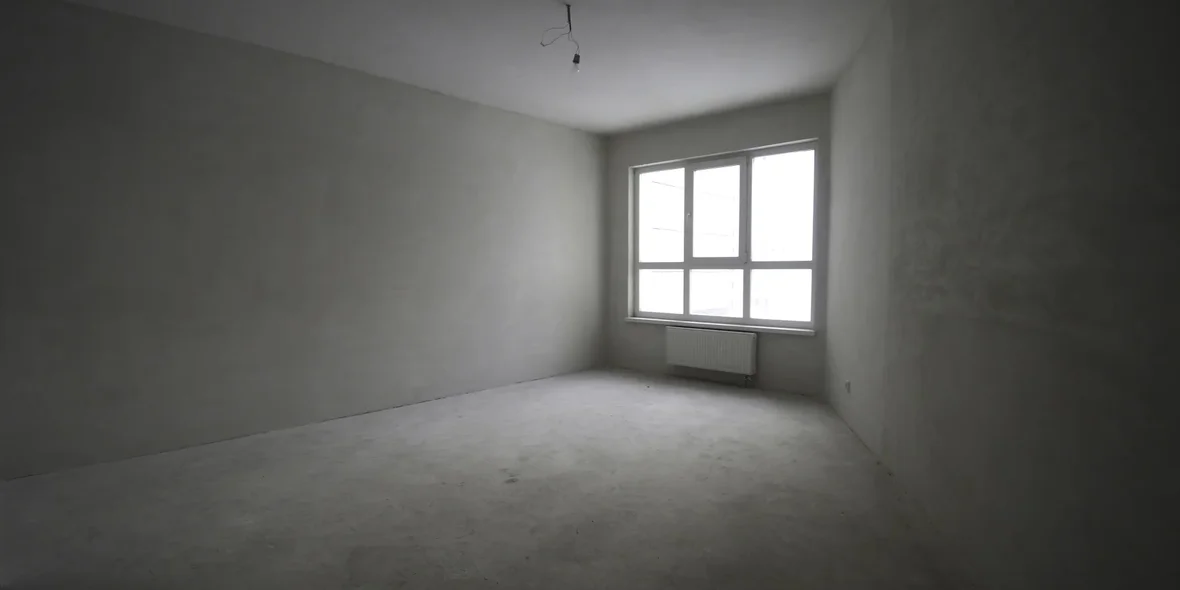
Real Estate Finishing: Types, Features, Advantages
Finishing in real estate is the final stage of construction or renovation, on which the aesthetics, comfort, and functionality of housing depend. In general, this is a set of construction works aimed at creating a living space ready for use. It includes:
- Alignment of walls and floors.
- Installation of decorative coverings (wallpaper, paint, tiles).
- Installation of lighting, heating, and plumbing systems (in case of finishing).
Main types of finishing
Rough finish includes a minimum amount of work: leveling walls and installing basic utilities (electricity, heating, water supply).
Advantages:
- Allows you to save on the cost of real estate.
- Gives you the opportunity to create an interior from scratch according to your taste.
Flaws:
- Requires additional investment of time and money.
- Suitable only for those who are ready to do repairs.
Pre-finishing is often called a “white box”. It implies completed rough work, including leveled walls, floor screeds, and installed utilities.
Advantages:
- Quick transition to finishing.
- Suitable for those who want to personalize their home without starting renovations from scratch.
Flaws:
- Still requires investment in finishing.
Fine finishing — the apartment is completely ready for occupancy. The walls are painted or wallpapered, the flooring is laid, the lighting fixtures and plumbing are installed.
Advantages:
- Convenience: you can move in right away.
- Saving time.
Flaws:
- Limited choice of design from the developer.
- Possible compromises in quality.
Turnkey repairs — completely custom finishes, often including furniture and decor. Typically offered by premium developers.
Advantages:
- Finished housing without the need for additional investments.
- Individual approach.
Flaws:
- High cost.
- Delays in delivery dates are possible.








